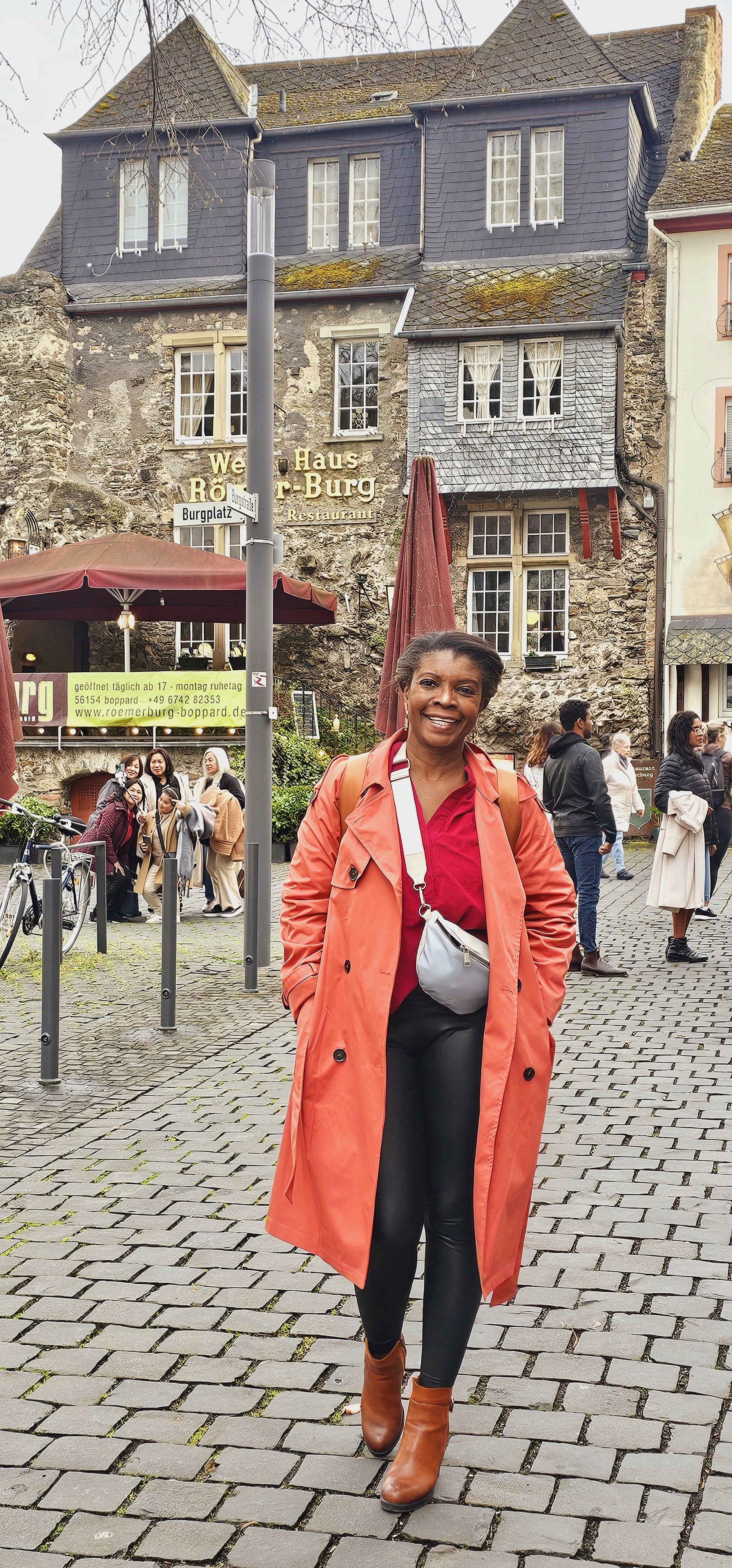Unlocking Europe: Essential Tips for North American Travelers
The Prinsengracht Canal of Amsterdam
Introduction:
Traveling to Europe is an exhilarating experience that promises a captivating blend of history, culture, and scenic beauty. Unlike North America, Europe offers travelers a mosaic of languages, cuisines, and architectural wonders within relatively small distances. As you embark on your European adventure, understanding key differences between North America and Europe, along with essential travel tips, will not only enrich your journey but also ensure a seamless and memorable exploration of this diverse continent. From navigating transportation systems to embracing cultural nuances, preparing for your European travels involves embracing a world of discovery and adventure.
1. Cultural Diversity and Language: Europe boasts a rich tapestry of cultures and languages within relatively small geographical distances. Unlike North America, where English predominantly prevails, Europe is home to numerous languages such as French, German, Spanish, Italian, and more. Familiarize yourself with basic phrases in the local language to facilitate communication and show respect for local customs.
2. Transportation and Infrastructure: Public transportation networks in Europe are often extensive, efficient, and well-connected, making it easy to travel between cities and countries via trains, buses, and metros. Unlike North America, where reliance on cars is more common, Europeans tend to utilize public transit systems for their daily commutes and travel needs. Prioritize understanding the local transportation system to navigate cities smoothly and cost-effectively.
Europe's bicycle culture is deeply ingrained in the fabric of daily life, offering locals and visitors alike a unique and sustainable way to explore the continent's cities, towns, and countryside. From Amsterdam's iconic bike lanes to Copenhagen's commitment to cycling infrastructure, Europe is renowned for its bike-friendly cities. Cycling isn't just a mode of transportation; it's a way of life, promoting health, environmental sustainability, and community connection. In Europe, you'll find cyclists of all ages and backgrounds pedaling through bustling urban streets and scenic rural paths, with bike-sharing programs and dedicated bike lanes making it easy for everyone to join in.
One of the fastest ways to get around Amsterdam is the TRAM
3. Historical and Architectural Heritage: Europe boasts a wealth of historical landmarks, museums, and architectural marvels spanning various periods, from ancient civilizations to modern times. Unlike North America, where historical sites may be relatively recent, Europe's history dates back millennia, offering travelers the opportunity to immerse themselves in centuries-old culture and heritage. Research popular attractions beforehand to prioritize visits and gain a deeper appreciation for Europe's rich history.
Picture-worthy German Pub
Germany
4. Culinary Diversity and Dining Etiquette: European cuisine varies significantly from region to region, with each country offering its unique flavors, ingredients, and culinary traditions. Unlike North America, where portion sizes may be larger and dining styles more casual, European dining experiences often emphasize quality over quantity and may include multiple courses. Familiarize yourself with local dining customs and etiquette to fully enjoy the gastronomic delights Europe has to offer.
Chicken Curry - Interlaken, Switzerland
5. Currency and Payment Methods: While many European countries use the euro as their official currency, others maintain their national currencies, such as the British pound, Swiss franc, or Swedish krona. Unlike North America, where credit and debit cards are widely accepted, some European establishments may prefer cash payments, especially in smaller towns or rural areas. Carry a mix of cash and cards, and be prepared to exchange currency or withdraw cash from ATMs as needed.
Understanding these key differences between North America and Europe will enhance your travel experience and help you navigate the diverse landscapes, cultures, and customs that the continent has to offer.
6. Passport and Visa Requirements: Ensure that your passport is valid for at least six months beyond your intended stay in Europe and research visa requirements for the countries you plan to visit. Unlike North America, where citizens often have freedom of movement within the continent, European travel may require visas for certain nationalities or longer stays.
7. Health Insurance and Medical Care: While North America has its healthcare system, Europe's healthcare systems vary by country, with some offering universal coverage and others requiring private insurance or payment for services. Consider purchasing travel insurance that includes medical coverage to protect against unexpected healthcare expenses during your trip.
8. Tipping Culture: Tipping practices in Europe differ from those in North America. In many European countries, gratuities are included in the bill, and additional tipping is not obligatory. However, rounding up the bill or leaving a small tip for exceptional service is appreciated in some places. Familiarize yourself with tipping customs in the countries you visit to avoid cultural misunderstandings.
9. Voltage and Electrical Outlets: Europe operates on a different voltage and electrical outlet system than North America. Most European countries use 220-240 volts, whereas North America uses 110-120 volts. Additionally, European outlets typically have two round pins, which may require adapters for North American electronics. One thing I did not know was that the UK uses a different type of pin that the rest of Europe. This round pin DOES NOT apply to England, Scotland, Ireland et al. Pack appropriate adapters and voltage converters to charge your devices safely. You can purchase adapters from home, on Amazon. I made the mistake of forgetting to unplug my laptop overnight. I woke to find it dead though it was on the charger all night. I almost panicked because I thought it burned/burnt out and died. Fortunately it came back on after much vigorous prayer. Lol
10. Safety and Security: While Europe is generally safe for travelers, it's essential to remain vigilant, especially in crowded tourist areas where pickpocketing and petty theft may occur. Unlike North America, where gun violence is a concern in some regions, Europe tends to have stricter gun control laws, but terrorism remains a potential threat in some urban centers. Stay informed about local safety advisories and exercise caution when exploring unfamiliar surroundings. You could be a victim of scams, like “sign a petition to protect baby dolphins” or other endangered species, or your luggage could be stolen straight from your hotel lobby by what our tour guide describes as “a well-dressed” man. Stay woke. Normally a cross body bag or waist bag is good but do not use the ones with the quick snaps. Use the new anti-theft 2024 bags You can also loop your waist bag through your belt loop so its not easily snatched if unlocked. Do not carry anything important in your back pocket.
By considering these additional tips, you can better prepare for your European journey and ensure a smooth and enjoyable travel experience.







